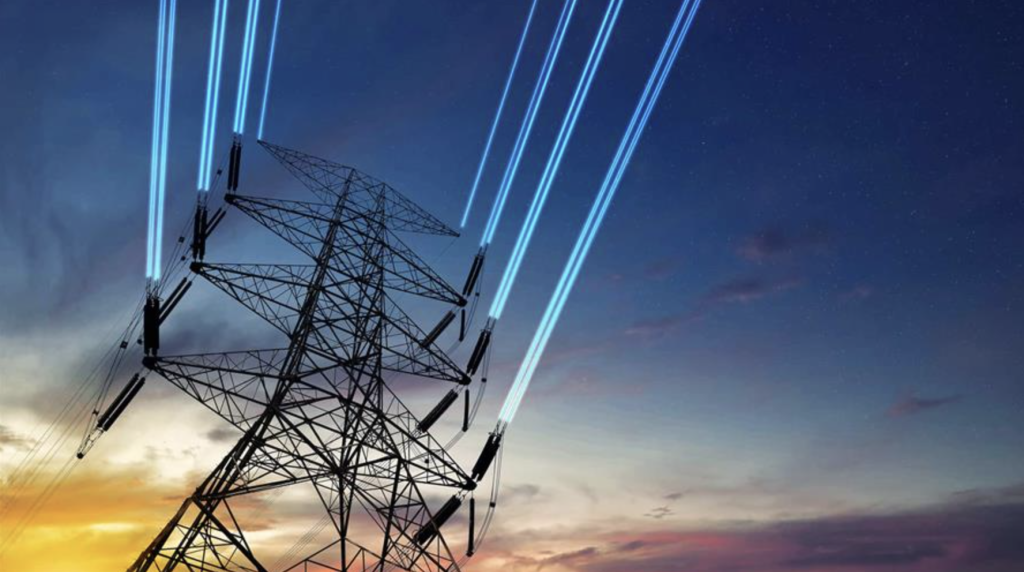By Dolores Vicioso
Copyright dr1

Everyone who lives in the Dominican Republic knows who bills their electricity. People know this the same way they know that there will be blackouts. These happen in some areas with much more frequency than in others. The government-owned power utilities are known by their initials: EDEEste, EDENorte and EDESur. These distribute most of the power in the DR.
Altogether, according to a report from the Ministry of Energy and Mines, as of July 2025, the different EDEs had accumulated losses of 43.3% of the total energy they purchased. The numbers are amazing. Of 11,600 gigawatt-hours purchased, 4,500 were not invoiced (39.1%), and another 4.2% were invoiced but not collected.
Not only that, but the National Budget Agency has noted that as of August 2025 the EDEs had received RD$71.44 billion from the central government, and when the budget was revised, the amount allotted to the EDEs was increased from RD$83.3 billion to RD$101.6 billion, meaning that in August the EDEs had used 70% of their funding.
The recent visit by the International Monetary Fund (IMF) suggested an increase in the electricity rates for consumers, since electricity rates should reflect electricity costs. And thus the call for a major do-over for the electricity sector. There is also a call to privatize the EDEs to convert them into better service entities.
So far, the EDEs have not been successful in their business model. The EDEs collect payment on 56.7% of the power supplied. This is the reason for the RD$101 billion bailout in the budget.
Several reasons for the difference between what is consumed and what is collected by the utilities is in the inherited politicized system. For decades, low income people have been accustomed to not pay for the service or are billed fixed amounts. As the poor do better in their finances, they have purchased numerous power-consuming appliances, including air conditioners. As those on fixed amounts pay the same regardless of how much power they consume, their consumption is on the rise. Several energy-consuming businesses also have taken advantage of the fixed rate zones to install their operations in the selected areas and pay low utility bills.
Moreover, the government’s expansion with mega offices and city governments that do not pay for the service, adds to the deficit.
And then, there is fraud committed by those who install separate systems to pay less or just connect themselves for free services in complicity with government utility employees.
The current authorities at the headquarters of the government power service are combatting fraud and installing new meters to increase collections.
And then there are the delays in installing new transmission lines to reduce losses over the network.
As reported, the Abinader administration in its first term failed to contract sufficient power generation to meet the demand and has had to resort to expensive and contaminating power barges, as the situation is corrected.
Take note that the blackouts rarely affect areas that are served by private utilities, for instance, CEPM that serves the touristic communities of Bayahibe-Dominicus and Punta Cana. CEPM sells the power at a much higher price than the EDEs and do not include fixed power rates in their business model. People pay for energy consumed.
Read more:Diario Libre DR1 News
29 September 2025



